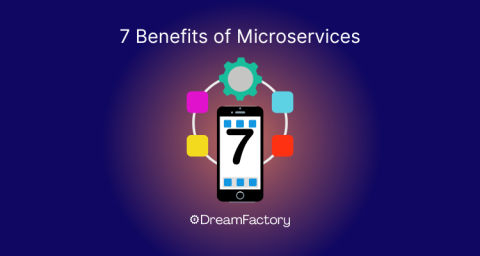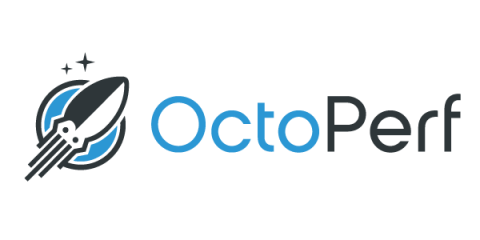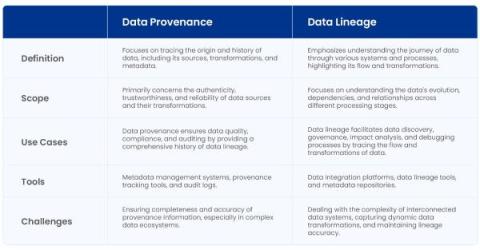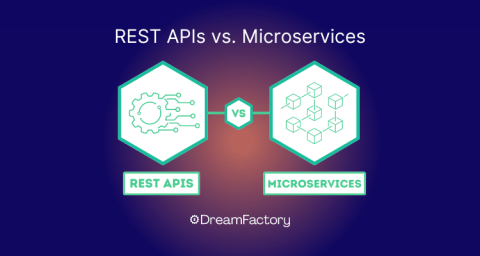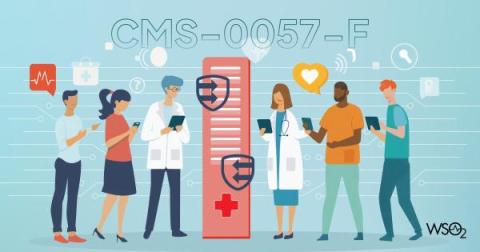Chat with Devs | Episode - 4 | Isitio Ambient Mesh
Istio Ambient Mesh is a massive overhaul of Istio's data plane architecture. The goal is to simplify operations and make it more cost effective to run a service mesh like Istio in production. In this video we will look at: 1] What are the challenges of a traditional service mesh sidecar approach? 2] Take a look at how Istio Ambient Mesh Solves that problem.



